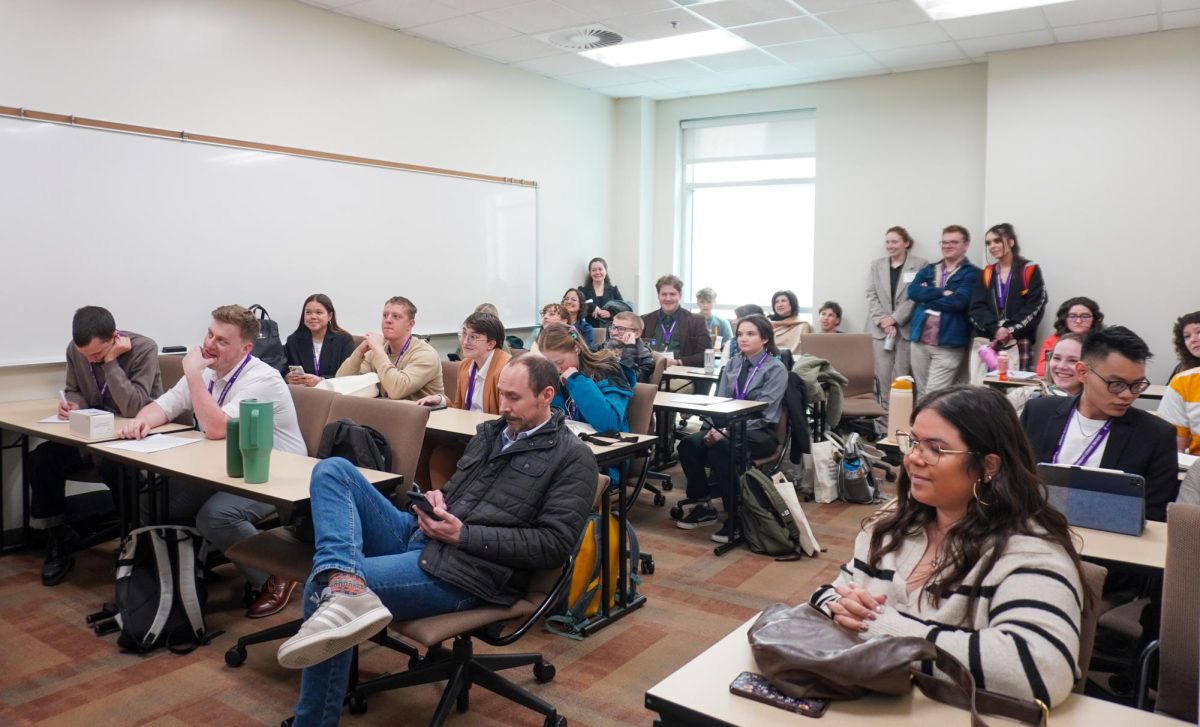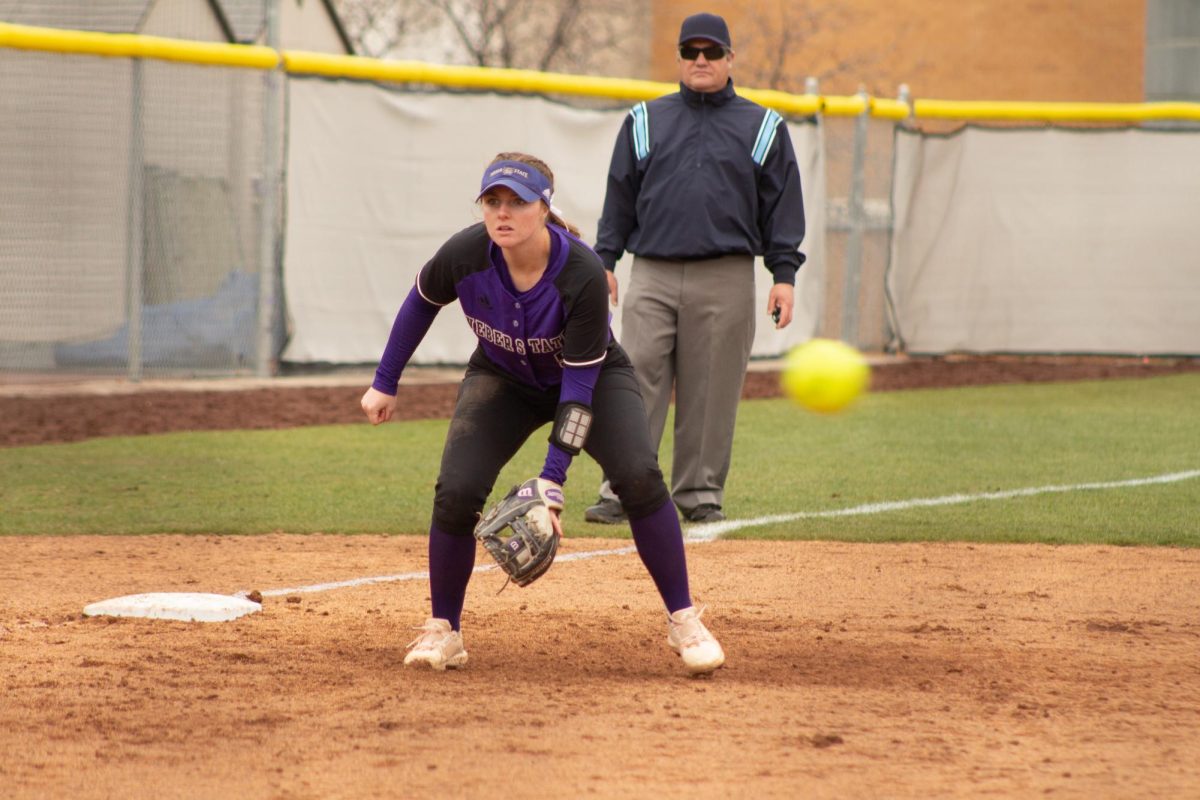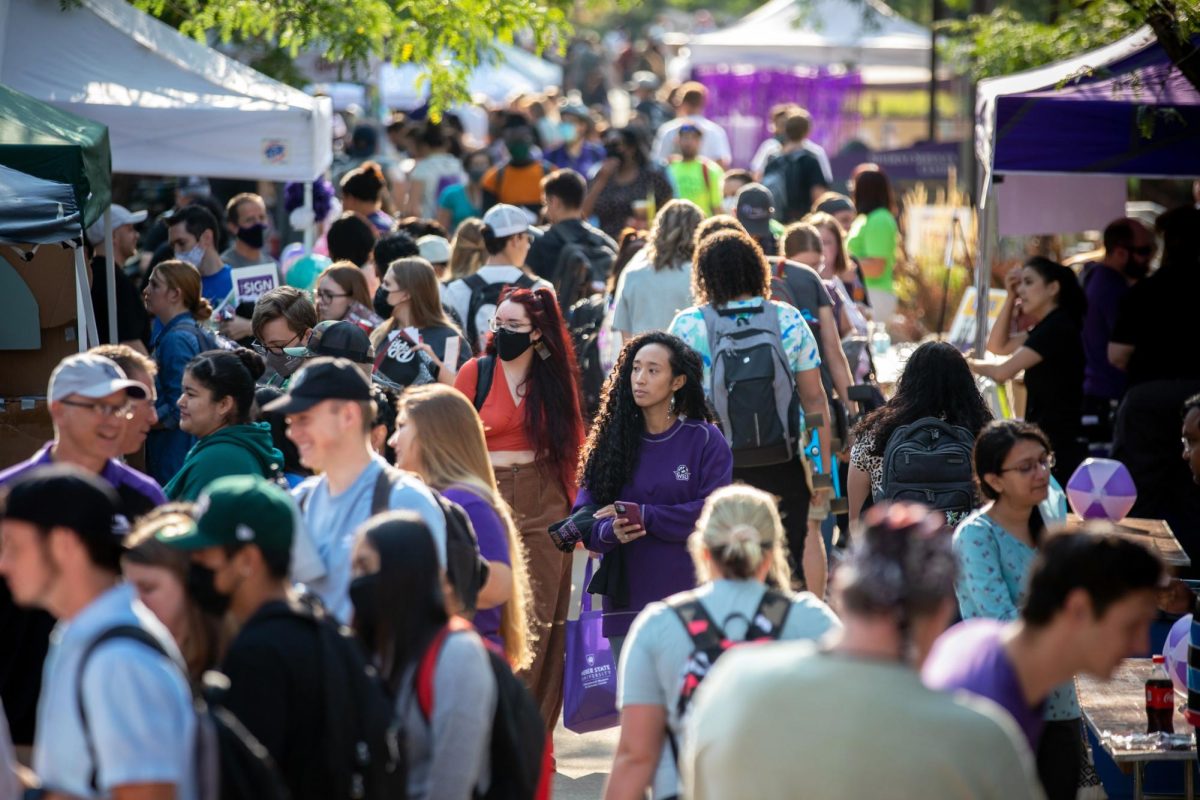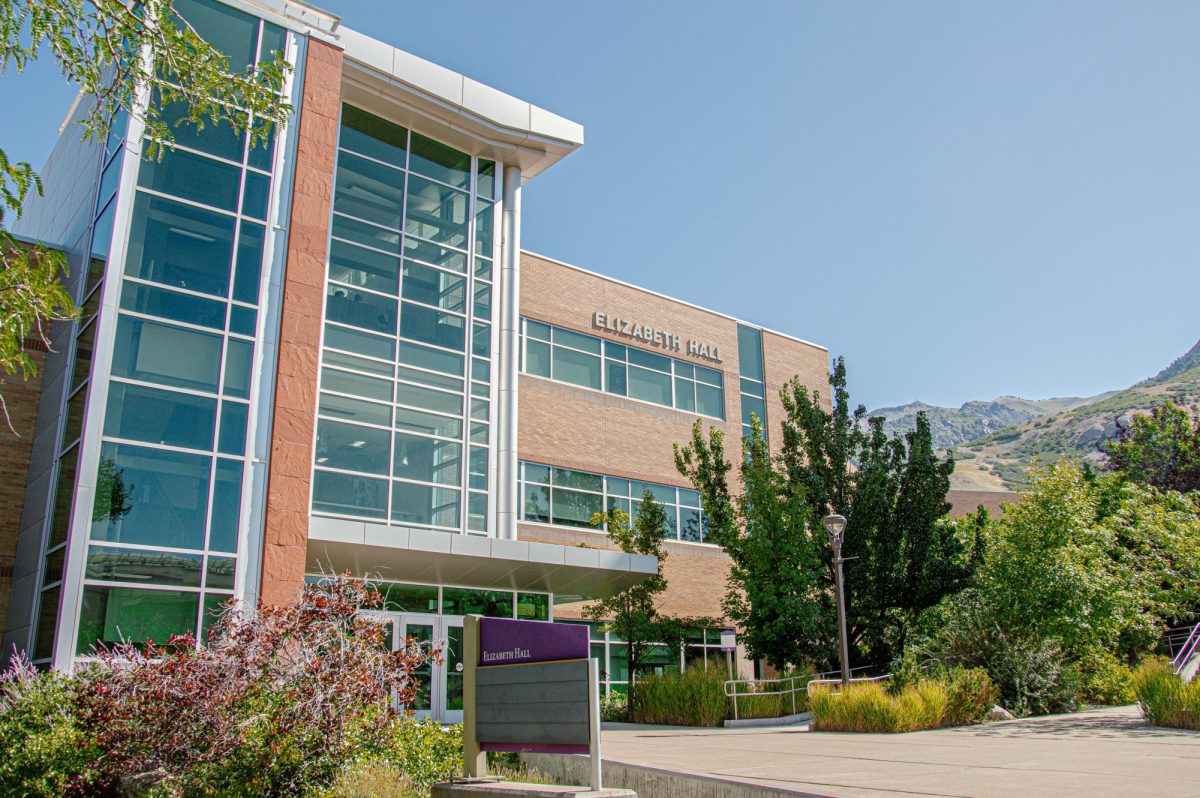
In May 2014, UTA began the Ogden-WSU Transit Project Study. The study is on-track to be finished in January 2016. A main focus of the project is to improve and increase ridership on transit services to Weber State University.
“The Wasatch Front Regional council does the regional transportation plan every four years and when they do that they identify all modes of transportation,” said Strategic Planner, James McNulty. “They’ve identified in the past that there was a need for a transit project in Ogden City, but it’s been about 10 years.”
The last study they conducted was unsuccessful and didn’t produce the desired results. They hope to find helpful data from the current study.
Weber State University is a partner in this study. The Weber State Energy and Sustainability Office was created about 5 years ago with the goal to make the university completely carbon neutral by 2050.
A pamphlet released by the Sustainability Office defines carbon neutrality as, “Not emitting more carbon-based products into the atmosphere than are controlled and managed.”
“The vast majority of our carbon emissions come from faculty and staff commuting to and from the university,” said WSU Sustainability Coordinator Jennifer Bodine. “In order to be carbon neutral, we are going to have to work on making the surrounding area a lot more pedestrian and bicycle friendly and providing really good alternative transit options.”
In 2011, the university raised the price of a UTA EdPass from free to $20. The effect of that has not gone unnoticed.
“My focus primarily is bus service. We’ve seen our ridership decline substantially at Weber State University since 2011 and so that directly affects all of those routes, the 603, the 625 and the 650,” said Regional General Manager of the Mount Ogden Business Unit, Eddy Cumins. “A lot of it had to do with the $20 fee. We learned that Weber State students are very price considerate.”
UTA instituted a new bus, route 650, nicknamed “The Fast and Furious,” that goes from the Ogden Frontrunner Station directly to Weber State.
“In addition to the 603, I think what’s been a big benefit to students is the 650,” said Cumins. “We’ve seen, as we’ve looked at ridership trends, students move off of the 603 and onto the 650 because it’s faster and especially for the students at Weber State. It’s a really great service. Hopefully, if we are able to grow that ridership, we will see a spike.”
Improving bus services is not the only focus in the UTA Ogden-WSU Transit study. People working closely with the project have noticed that Weber State has become a bicycle-friendly campus. They want to make the bus system easier to maneuver while traveling with a bike.
“We want a local presence,” McNulty said. “We are going to look at a lot of examples as we go through this project. At the end of the day it’s about ridership. We want active transportation and this allows that opportunity, no matter what mode it is.”



















